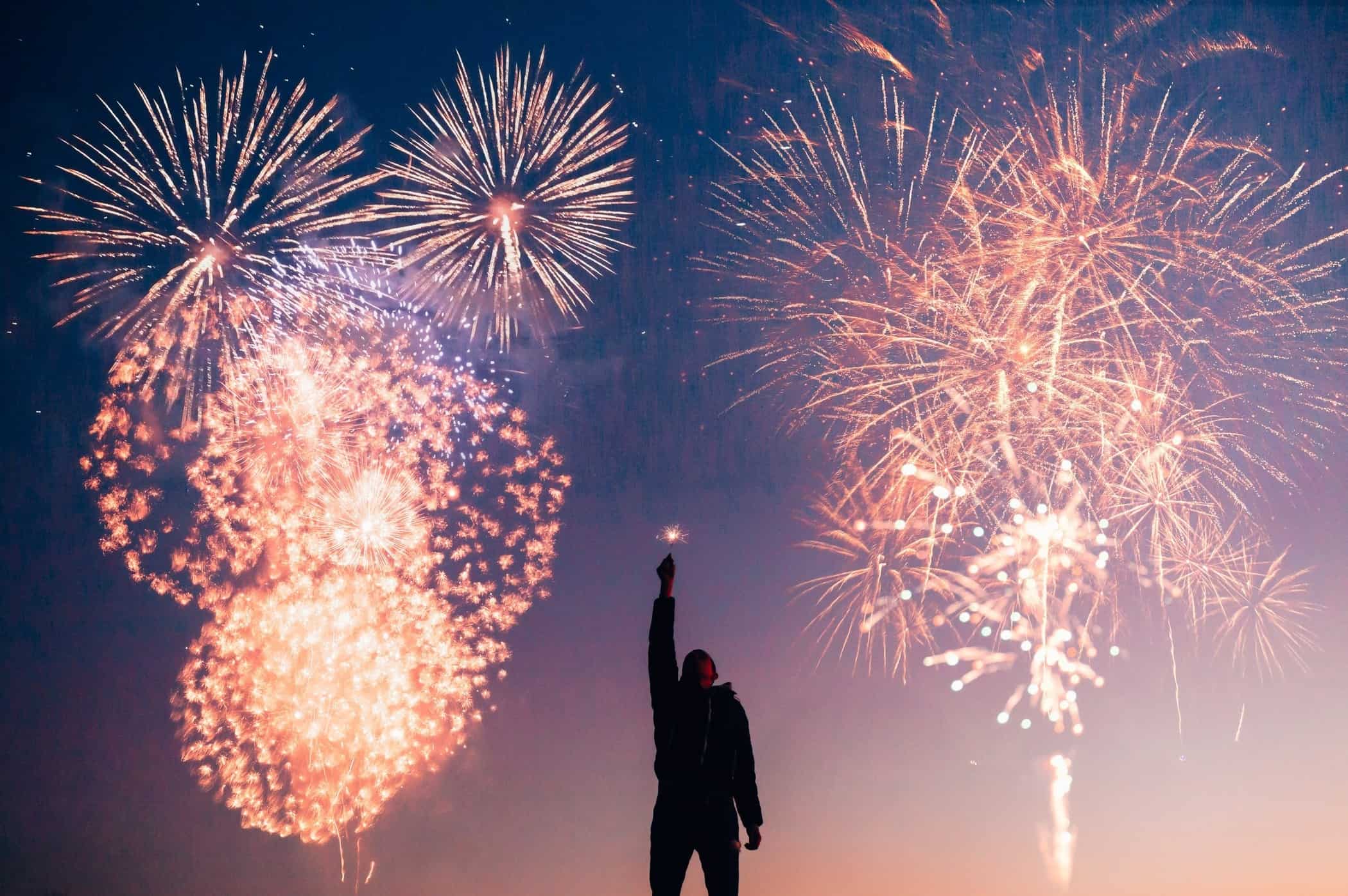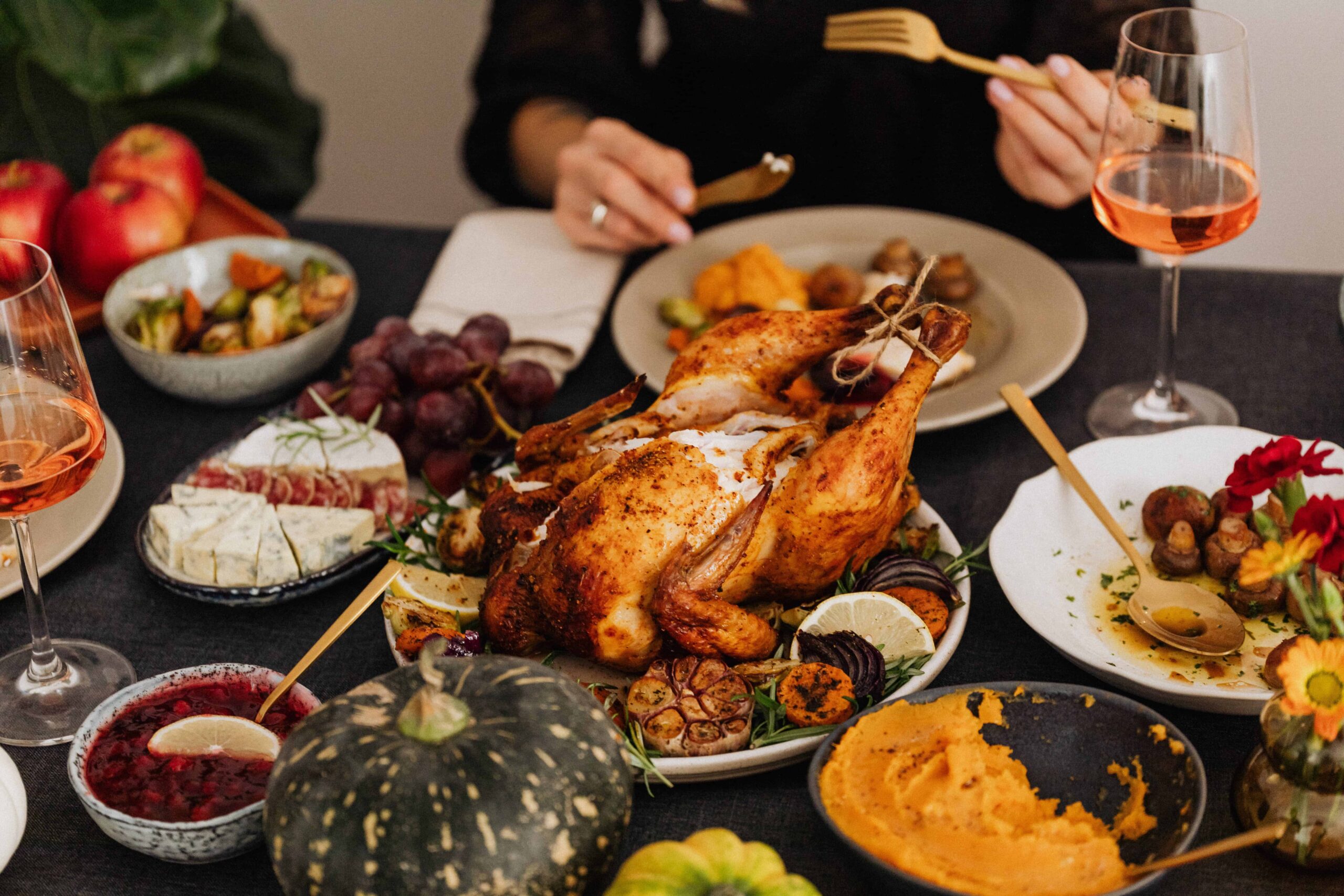…mysterious distillery in Los Angeles where they use science to make whiskey and rum – they give magical tours that transport people into a world of riverboats, jungle mazes and mad-scientist laboratories. They spoke of it like pirates in the darkest corner of a bootlegger bar sharing the location of hidden treasure. Naturally, I crashed the conversation asking how I could go take a tour… and was met with reluctant stares. “What’s wrong?” I inquired.
“You can’t just pop in randomly,” my anonymous coworker whispered conspiratorially. “You have to make a reservation weeks in advance…” I immediately looked up images from the Lost Spirits tour online and purchased tickets for the Fourth of July weekend. The fact is, I would never know this brand even existed if they didn’t create an immersive experience for guests so memorable, that word-of-mouth found its way to my ears. And now here I am, writing about this to you…
Are You Experienced?
How I came to discover the emerging brand of Lost Spirits is the quintessential nature of experiential marketing – a growing trend that is becoming so popular, there is an entire three-day summit dedicated to the concept. In fact, 65% of brands who engage with experiential marketing find that it directly correlates to a boost in sales. Remember way back in 2007 when certain 7-11s around the country were converted into Kwik-E-Marts to promote The Simpsons movie? This allowed people to enter the fictional world of Springfield and interact with it – an increasingly important value for young consumers. According to Eventbrite, 78% of Millennials would prefer to spend money on a memorable experience / event than on specific products. Other brands that have experimented with this kind of marketing include Refinery29, Lean Cuisine and Guinness – just to name a few.
It makes sense. In an era when E-commerce has disrupted the entire landscape, consumers find themselves increasingly isolated by their own convenience. Instant consumer gratification comes at the click of a button without ever getting off the couch. Lost Spirits goes in the complete opposite direction. Not only do they make you wait to enjoy their products, you have to actually leave your house and make a commitment to the experience. You know, get in a car, engage with other humans, that kind of thing.
Fortunately, Lost Spirits makes the wait and effort worth your while. Launched in 2010 in Monterey, California, the new distillery (located in the heart of downtown’s Arts District) was hailed by Smithsonian Magazine as a “high-end Willy Wonka experience for adults, a Disneyland for drinkers; imagine the Pirates of the Caribbean ride taken over by eccentric MIT professors.” Both their spirits and their tour experience have earned them a variety of impressive awards, and when you take a visit with them it’s easy to see why.
The Magical Mystery Tour
Located in a nondescript building with a copper door adorned with a gothic gargoyle knocker, you enter a darkened waiting room with crimson stained-glass windows of a King and Queen of hearts. After signing a digital waiver (alcohol + a boat + 2 bus rides = potential liability) we were ushered outside to a long dining room table with plush antique chairs for our first tasting, followed by a stroll through a jungle maze, which lead us to a boat that carried us along a short “river” that deposited us at a “mobile tasting room” (aka, bus) decorated like a garden tea party from Alice In Wonderland, which brought us to a separate secret location which houses their lab / cutting-edge distillery before being brought back via a second bus decorated like a submarine from 20,000 Leagues Under The Sea… if you can possibly imagine any of that.
As the Lost Spirits motto says, “Science, Innovation, Art.” The tour combines a mad-scientist-level of technology and passion combined with vintage theater and fantasy-themed literature. Additional literary references also include H.G. Wells’ The Island of Doctor Moreau, from which their “Abomination” whiskey gets its name. Why are their spirits abominations? Because, unlike anyone else in the entire spirit industry, Lost Spirits exclusively uses science to manufacture and manipulate their liquors on a molecular level.
This was all explained to us in enthusiastic detail from co-founder Bryan Davis, who takes palpable joy in orating the history of his brand and the science they use to distinguish it from competitors. Go for the theatrics and tasty liquors, but stay to listen to Davis explain how the most ancient war on earth between bacteria and yeast has benefited us, and how he has embarked on a personal quest to recreate the original Mai Tai recipe by acquiring one of the most rare bottles of rum in the world, or how they were able to recreate the same rum swilled by Paul Reverie the night of his famous 1775 horse ride by cultivating and cloning yeast from a headstone in a Massachusetts graveyard… it’ll all make sense when you have some actual context.
Davis and his team of skilled chemical and mechanical engineers and botanists use cutting-edge technology to create the spirits of the future from molecular ingredients from our past – or as they like to call it, “booze archeology.” A critical piece of equipment that enables this mind-bending process is the gas chromatograph mass spectrometer, or GC/MS. “It breaks down the chemicals in order of volatility, which is the way you taste things on the tongue,” Davis explained, sounding like (and with his bald dome, slightly resembling) Walter White in an Albuquerque Winnebago.
Playing God With Liquor
However, what they are most known for within the liquor industry, is their controversial method of accelerating the aging process of the barrels (where spirits get some of their most distinctive flavors and scents from) by inventing a “rapid-aging spirits reactor” comprised of an array of high-powered lights concentrated on pieces of wood (it looks like something Tony Stark would design). NERD ALERT: After the wood polymers break apart, the liquid goes through controlled heating to bind the compounds together, forming the complex long-chained esters we recognize from spirits matured in a barrel. Utilizing this process allows Lost Spirits to create potent potables that share the same richness and complexity of libations aged for 20 years in just six days. “And on the seventh day, we rested,” Davis quipped. “That’s my favorite line. I engineered the process for months to get it down to six days, just so I could make that joke.”
Stepping back out into the glaring July sun in downtown Los Angeles, two things were abundantly clear: 1.) It was smart to use Uber and 2.) It would not surprise me in the least if Bryan Davis will end up creating a living, breathing Jurassic Park in the near future where you can sip famous spirits from history while petting a baby triceratops.
Of course, I couldn’t leave until I purchased a bottle of their Navy Style Rum, which came with a free ticket to take another tour! In this respect, experiential marketing can generate a perfect commerce loop for brands:
• Attract customers with a shareable experience
• Engage / educate them with your brand during said experience
• Make transactions all but inevitable
• Incentivize them to repeat it all over again
By the way, the Navy Style rum is inspired by the Pirates of the Carribean franchise, and if you’re wondering how a rum can be inspired by a series of movies based on a theme park ride: by isolating and manipulating chemical compounds which are reminiscent of everything from beach air, salt water, tar, old wood planks, gunpowder and tropical fruits from exotic islands. Sound weird? Definitely. Does it taste like Jack Sparrow’s idea of paradise on Earth?
You’re damn right it does.


